ETL vs ELT: Key Differences, Benefits & Use Cases Explained
It's amazing to see how Data teams today are racing ahead - moving from traditional warehouses to cloud-native platforms, lakehouses, and real-time architectures. But in this rush,...
The customer was looking for a one-stop solution where he could easily collect and sell unique NFTs. He wanted to establish a marketplace where the list of collectibles might be shown. He also planned to include a function that would allow users to monitor the activities of each NFT. Building such solution without creating performance or server issues was a huge challenge.
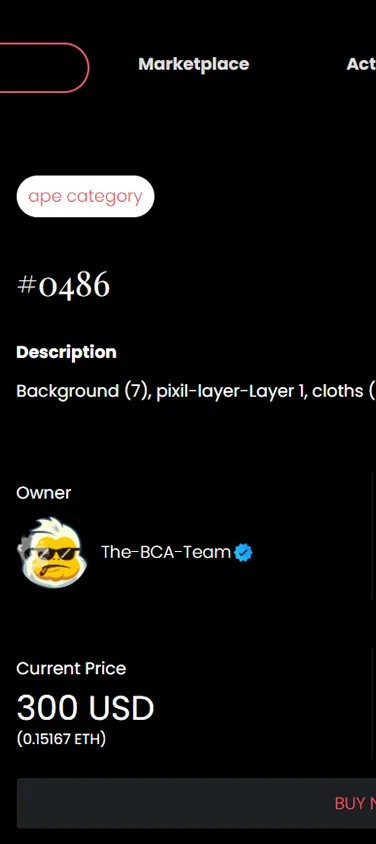

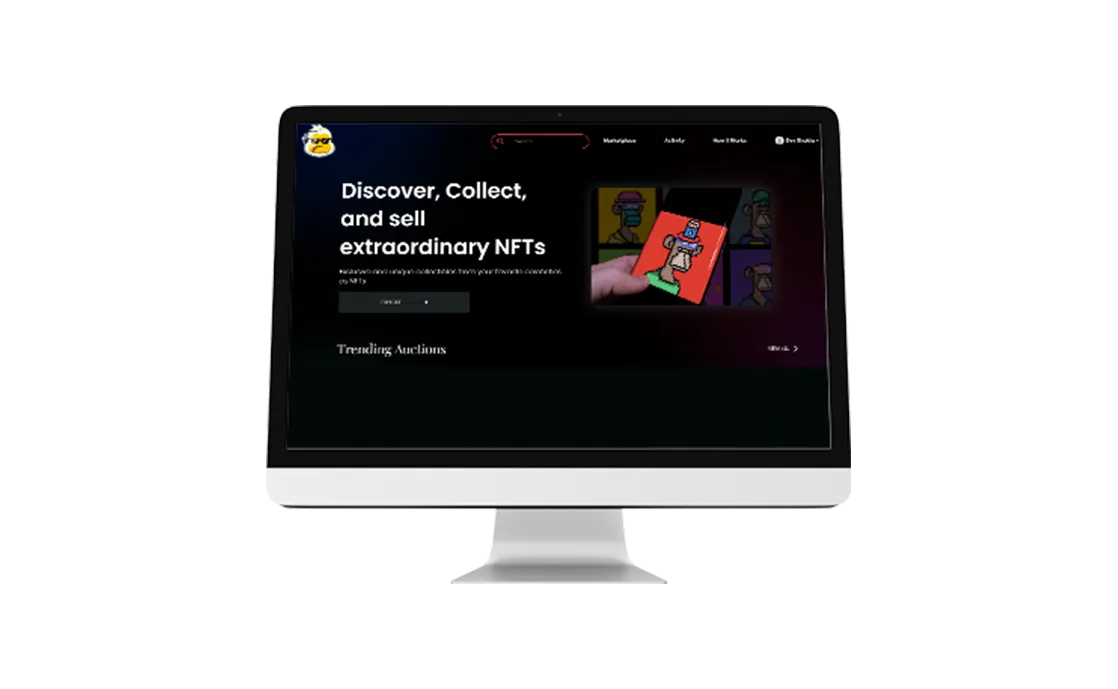
We encourage you to contact us with any questions or comments you may have.

iFour Techolab Pvt. Ltd., a reputed Custom Blockchain development company, created a platform where users may create unique NFTs, bid on them, and sell them effortlessly. Our specialists employed an updated technology stack to create a solution with a marketplace that presents a list of NFT collectibles without any server difficulties.
This platform allows users to discover, collect and sell extraordinary and unique NFTs exclusively on the site. Presently, it has a collection of around 10000 unique Bored Ape NFTs i.e., unique digital collectibles traded using Ethereum blockchain.
The solution provides a marketplace where users can easily buy or sell NFT with payment methods like crypto (ETH) and credit card payment.
This tab dispalys the transactional activities of each NFT. Users may check the trading history and can examine every detail of NFT such as edition, purchase type, owner transfer, transaction hash, so on.
When a user purchases NFT, the payment details together with the transaction hash is shown on the platform's activity tab. Here the user may inspect the blockchain transaction by clicking on the transaction hash.
When a user clicks on the transaction hash, they are redirected to https://etherscan.io/ , where he can verify for NFT transfer.
A glimpse over the functionality it provides
Users need to signup and signin to proceed activities
Users can buy, and sell NFTs effortlessly
Users can see transactions done in the Activity tab
Users can bid on the NFTs that are in the auction
Users may like NFTs
Users may filter the marketplace by NFT status, price range, and minted time (new to old)
Users can choose a category of NFTs in the marketplace
Users can verify and check transaction information by transaction hash generated in the activity tab
Users can search NFTs in the marketplace with an id of NFT
iFour Technolab, a renowned Node.js development company in USA, built a digital marketplace for NFTs that allows users to effortlessly collect, bid on, and sell NFTs in the auction. The site provides a list of collections and includes an "activity tab" where users may view detailed NFT transactions.

About Customer The client is a US-based firm that provides exceptional software to aid industries in monitoring competitors, their services, and products. It helped various clients build concrete business strategies by understanding competitors'...
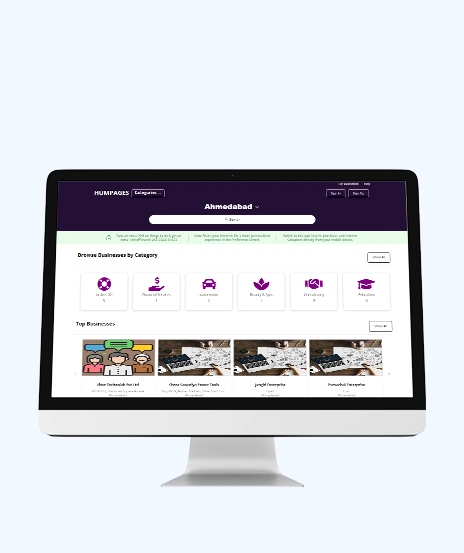
The goal was to make it simple for customers to find various businesses around them and take advantage of unique offers in areas including restaurants, spas, salons, and more. Another challenge was offering online event administration resources, such...
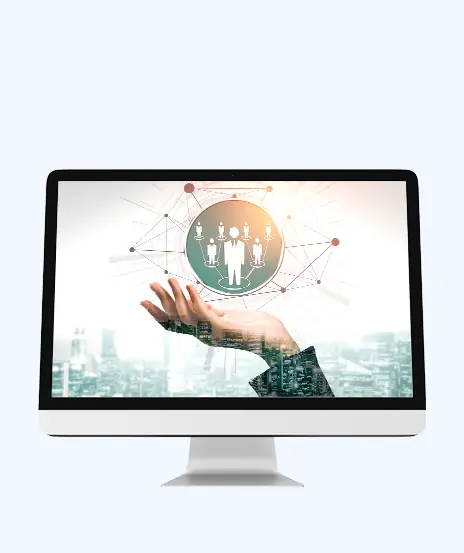
About Customer Customer is a leading Gujarati media company in India engaged in Gujarati movies production, theatres and casting artists for various movies and projects. Customer has experience producing many prominent Gujarati movies and serials....
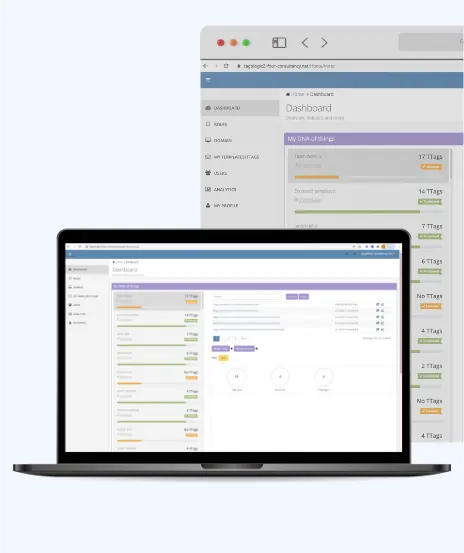
About Customer Customer is an innovator of model that uniquely identifies every physical and logical objects in the world. Customer is based in the Netherlands and has patented this model of uniquely identifying objects. Unique identifier specifies...

It's amazing to see how Data teams today are racing ahead - moving from traditional warehouses to cloud-native platforms, lakehouses, and real-time architectures. But in this rush,...

Think about the last time CTOs spent most of their time fixing old systems. Updates were slow, servers were expensive, and adding new features took time. Now, things have changed....

According to HackerOne, fixing a security issue after software is released can cost 30 times more than fixing it during development. Today, CTOs take a different approach. Shift...